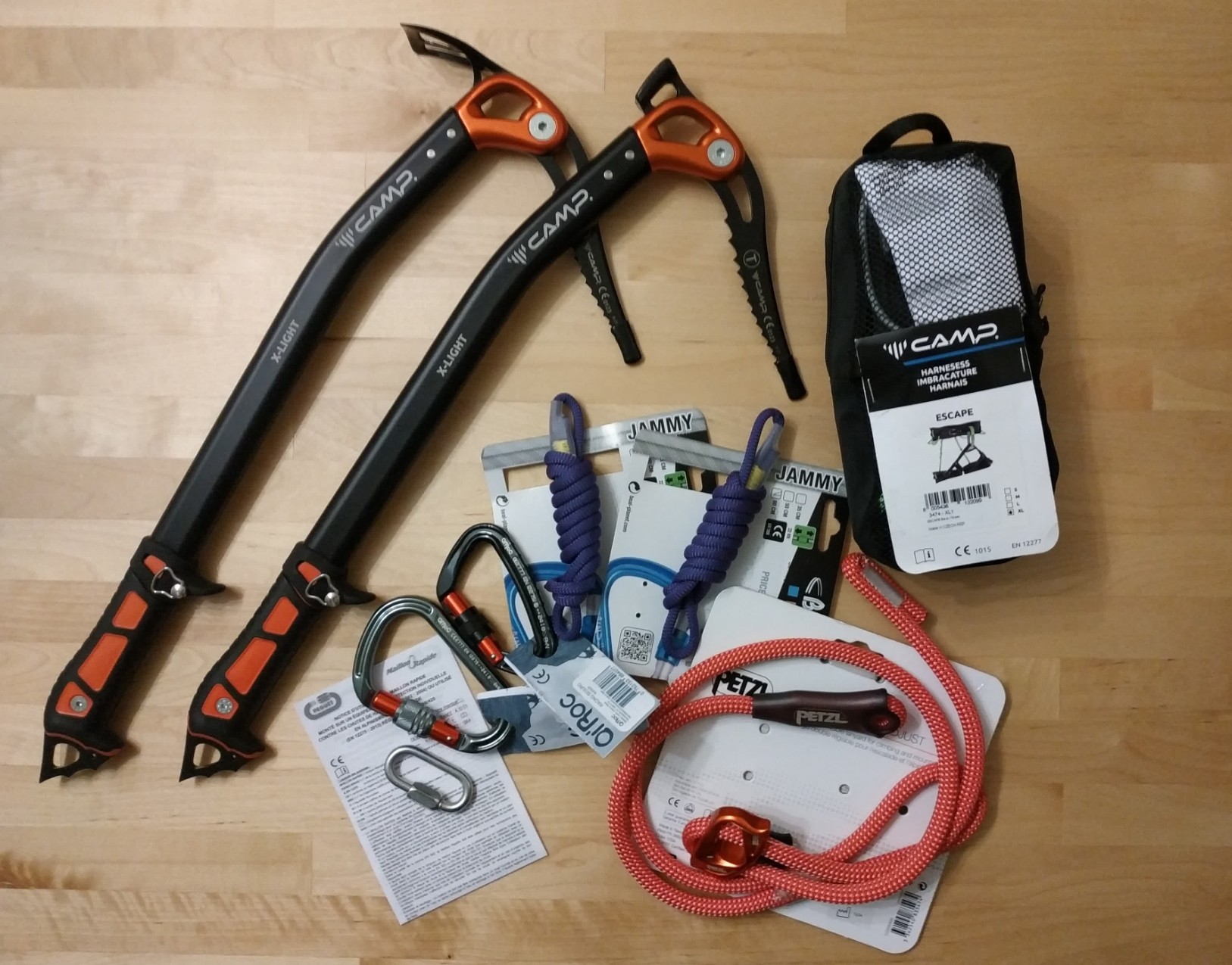Outdoor Alliance and American Alpine Club Working Together to Protect Rock Climbing Landscapes
-
Climbers have a meaningful relationship with the landscapes they love, and advocating for public lands is a critical piece of that relationship. Outdoor recreationists have a powerful connection to place, and that connection makes us a powerful force for conservation. Outdoor Alliance is a national coalition of outdoor recreation advocacy groups that American Alpine Club has been a part of for six years, and together, we work to protect public lands and waters and advocate for climbing and other outdoor recreation. The AAC is the largest community of climbers in the country, and is dedicated to advocating for climbing landscapes and resourcing climbers with essential climbing knowledge and rescue coverage.
Since Outdoor Alliance started ten years ago, the coalition has helped protect 40 million acres of public land and water, secured $5.1 billion in funding for the outdoors, and has converted hundreds of thousands of outdoor enthusiasts into outdoor advocates.
Here are some of important victories that the American Alpine Club (AAC) and Outdoor Alliance (OA) have notched together:
The EXPLORE Act is a first-of-its-kind package of outdoor recreation policy that has been a priority for Outdoor Alliance for many years; the package recently passed the House. It includes sections that will directly protect rock climbing experiences on public lands, a big priority for the AAC.
The Protecting America’s Rock Climbing (PARC) Act is a significant piece of the EXPLORE Act, and has been a focus for the AAC, Access Fund, and the wider Outdoor Alliance coalition. The PARC Act is intended to ensure safe and sustainable access to rock climbing in designated Wilderness areas. It requires federal agencies to recognize recreational climbing as an appropriate activity in accordance with the Wilderness Act of 1964, which states that the placement, use, and maintenance of fixed anchors is appropriate, and ensures that a public comment period is made available to stakeholders prior to any final climbing management guidance being issued.
The AAC has also educated their members about the SOAR Act, joining the AMGA who is one of the principle long-time supportess of the SOAR Act. This is another piece of the EXPLORE Act which will streamline recreational permitting for outfitters and guides, benefiting other Outdoor Alliance members like The Mountaineers, Mazamas, and Colorado Mountain Club.
Now that The House has voted to pass EXPLORE, the AAC and OA are advocating for the Senate to also get it across the finish line. Learn more and write your lawmakers about it here.
In 2018, the Trump Administration rolled back protections for the Bears Ears National Monument by more than 80% and Grand Staircase-Escalante by nearly half. Since then, the AAC and its partners at Outdoor Alliance have been continuously educating outdoor enthusiasts about the fight to preserve Bears Ears. This included a lawsuit led by Access Fund against the Trump administration, advocating for the monument to be restored, and participating in a public comment on a new management plan for the restored monument.
In 2021, the Biden-Harris Administration restored protections for Bears Ears and the Grand Staircase, which honored the voices of Indigenous communities, climbers, and conservationists alike. The coalition work led by Outdoor Alliance was hugely impactful in bringing outdoor recreationists together on this issue. The AAC is committed to keeping their members updated on future management plans and staying active in this ongoing discussion. The AAC will continue advocating for the role of climbing and responsible conservation by sharing their expertise on land management issues pertaining to climbing, and interfacing with land management agencies, the BLM and USFS, as well as other partners and local and national climbing organizations, to continue to refine the Bears Ears National Monument Draft Resource Management Plan and Environmental Impact Statement...

Outdoor Alliance and American Alpine Club Working Together to Protect Rock Climbing Landscapes — American Alpine Club
Dive in to see our major policy wins through the years as we worked alongside Outdoor Alliance! From Bears Ears to fixed anchors in wilderness, to NEPA and the Recreational Use Statute in Colorado, we've been up to some great policy work over the years, thanks to the strength of our partnership.
American Alpine Club (americanalpineclub.org)
